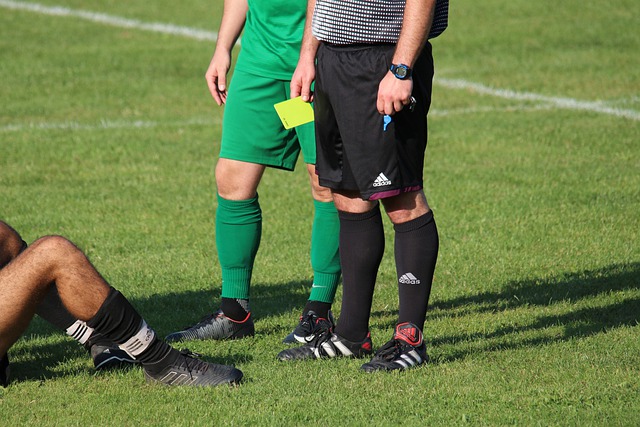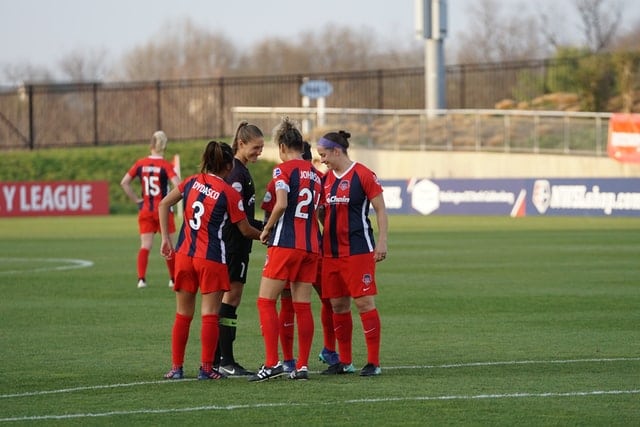If you’re into soccer, then there’s a huge chance that you have noticed soccer fans talk about the jersey numbers and their significance in soccer. If you know nothing about jersey numbers and what they are used for, then this is the right article for you.
Soccer jersey numbers are used to represent the position of the players on the field. Jersey numbers in soccer also help referees identify the players on the field more quickly. They also make the jobs of soccer commentators easier in cases the commentator forgets the names of some players on the field.
Here are more details that you need to know about the importance of soccer jersey numbers.
Soccer jersey numbers represent the player’s positions on the field.
The main purpose behind soccer jersey numbers is that you can tell what position a soccer player plays in only by looking at their jersey number.
For example, The main goalkeeper of most of the soccer teams around the world takes the number one.
Defenders take the low numbers while the numbers 7,9,10 and 11 are usually used by playmakers and strikers.

However, it doesn’t always mean that players are forced to use numbers that represent their positions.
There are many soccer players who used crazy numbers on the field. Numbers like 88, 70 and so on. So it’s not an enforced rule that a soccer player should use a number that represents their position.
The rules governing what numbers should be used are a bit vague and they depend on the soccer league. The same league sometimes allows high numbers, and sometimes not.
For example, the Premier League prevented a player named Renato Sanches from wearing the number 85 when he arrived in the league. However, numbers like 72 and 66 were previously allowed in the same League.
I’ll conclude this section by stating that while you still can tell the position of the player by only knowing their jersey numbers, there are some players who were allowed to go against the flow and wear numbers that do not represent any soccer position.
Jersey numbers help referees identify players on the field.
Both referees and assistant referees on the field will need to identify the players in the game. They need to know who made a foul, who was given a yellow card and so on.
A problem the referees might face is that they do not remember the names of all the players on the field, and typing the name of the players who were given a yellow card down for example can take some time.

So, the referee can just use the numbers of the players instead. For example, if the player with the jersey number 6 was given a yellow card, then the referee can just write 6 on the yellow card and they’ll know that the player already has a yellow card during the match.
In short, jersey numbers makes it much easier for soccer referees to identify players on the field.
Jersey numbers are useful for commentators.
Almost all of the professional soccer games that are aired on TV have commentators. Commentators make the game much more interesting and extremely fun to watch.
However, unlike most of the other sports, a soccer game includes so many players on the field since the field is large. There are 11 players per team on the field during a professional soccer game, and there are a lot of substitutes for each team, and there are usually 20 teams per top soccer league.
This leaves the commentator with thousands of names to memorize if they work for a TV station that airs multiple soccer leagues.
Luckily for the commentators though, soccer players have numbers. Thus, commentators can just keep a list of the names of the players next to their numbers in front of them.
If the commentator forgets the name of a player, then they can just look at their jersey number and then get their name from the list.
This makes the life of soccer commentators much easier.
With that said, I’ll end this article here. I hope you learned something new. Here’s a quick summary of what you have just read.
Soccer jersey numbers are extremely useful. They are usually helpful in detecting the positions of the players on the field, they also help the referees and the commentators identify the players on the field instead of having to memorize their names.

